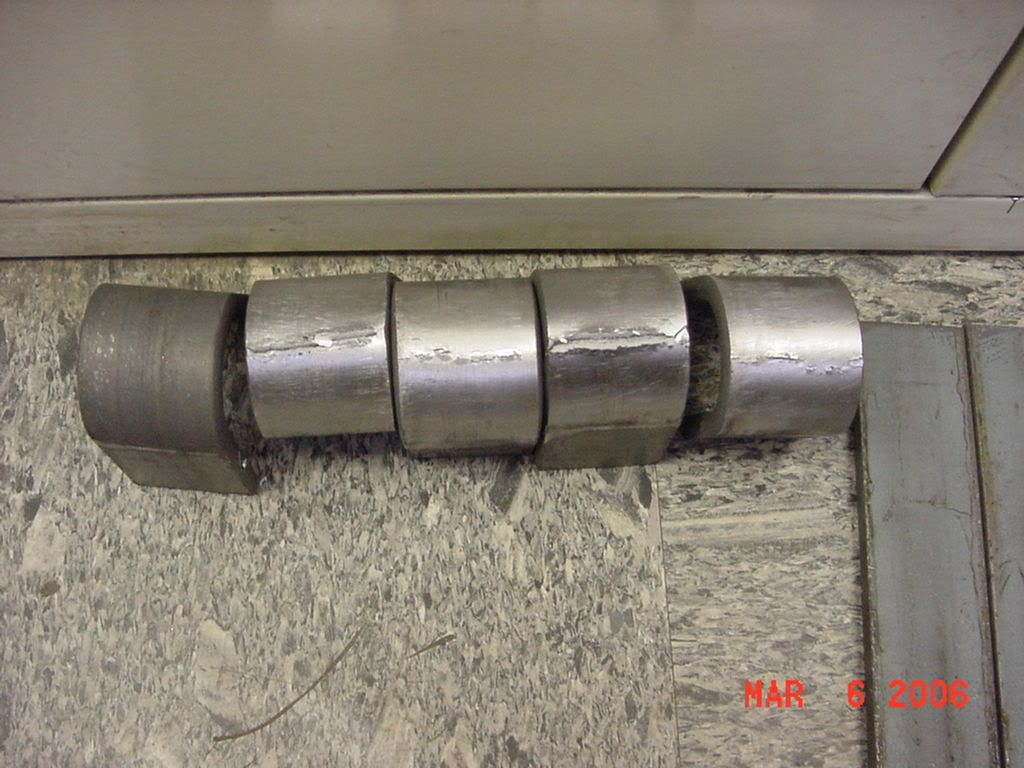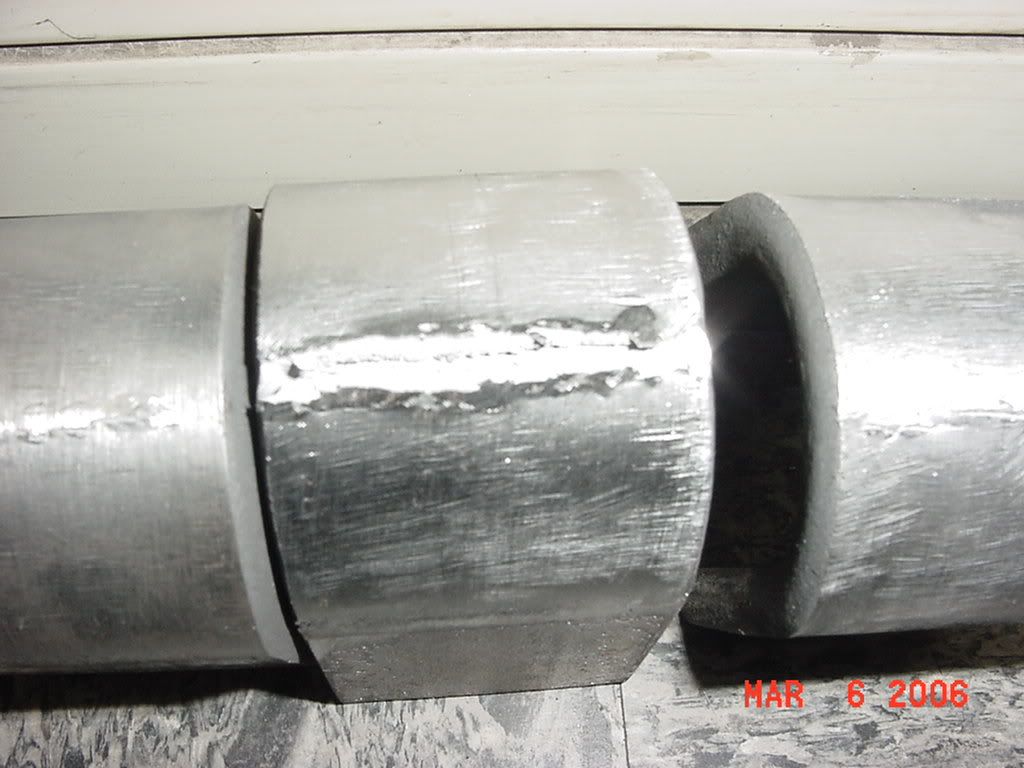
(I would quote paragraph 5.29 from D1.1, but mpitt already has done that)
"D1.1 states "Cracks or blemishes cause by arc strikes shall be ground to a smooth contour and
checked to ensure soundness."-quote
AWS D1.1:2008 paragraph C-5.29 Arc strikes result in heating and very rapid cooling. When located outside of the intended weld area, they may result in hardening or localized cracking, and may serve as potential sites for initiating fracture.
I think these bend tests prove this out...now as an inspector, is it up to me to now prove that this material is sound and safe for use in the structure as is with these arc strikes / drag marks?....I don't think so, therefore when I see it, it gets addressed. I don't want or need the added responsibility of proving that the material is OK "as is" or not.


